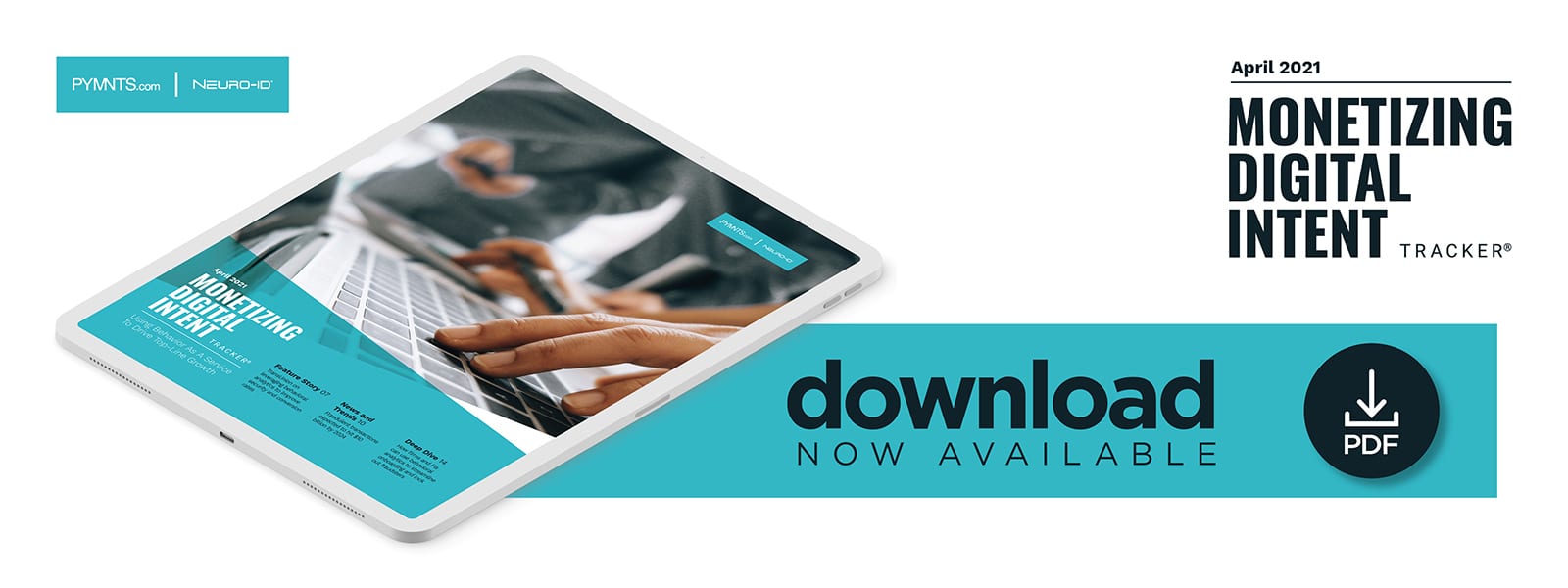TransUnion On Insurers Leveraging Behavioral Analytics To Improve Security And Conversion Rates

Insurance providers must confront the formidable task of combating fraud without causing undue friction to offer smooth and secure customer transactions. In the Monetizing Digital Intent Tracker, Stothard Deal, vice president of insurance solutions at TransUnion, explains how deploying behavioral analytics can give insurers deeper insights into the frictions legitimate customers face and flag activities indicating fraud is in play.
Businesses in the digital age face many challenges stemming from interactions with other companies, fraudsters and even frictions their own customers face. Cybercrime is one of the most pernicious threats, as the Federal Trade Commission (FTC) reported that it received more than 2 million fraud reports in 2020 alone. The true number of incidents is likely even higher, given fraud’s underreported nature.
Customers who abandon their purchases at checkout can cost companies even more than the losses they suffer from digital fraud. Some studies estimate that up to 88 percent of all online shopping orders are abandoned, and one of the most common reasons is excessive checkout friction. The disparate obstacles of fraud and checkout attrition may seem like they require different solutions on the surface, but the reality is that many businesses are deploying behavioral analytics systems to tackle both tasks simultaneously.
“There are two main avenues when it comes to behavioral analytics,” said Stothard Deal, vice president of insurance solutions at credit reporting agency and insights company TransUnion. “There’s the customer experience and making sure it’s a friction-free, efficient process, but then there’s also the verification component — making sure that transactions are secure and that insurers aren’t exposing personally identifiable information or financial information about consumers to someone who’s not the customer [themselves].”
PYMNTS recently spoke with Deal about how personal lines insurers leverage behavioral analytics systems to bolster their security measures and boost their customer conversion rates as well as how using the technology can address common customer concerns surrounding data privacy.
Behavioral Analytics For Security
Deal explained that while most insurance fraud is centered around inflated or fabricated damage or injury claims, fraud based on identity falsification and stolen data is far from unheard of. Fraudsters will inevitably attempt to make quick paydays by targeting digital payments wherever they are made, and this includes transactions like insurance claims payments and premium refunds.
“The [insurance] industry is just a little less exposed than some other lines of business, like financial services, because I think the route to a payoff for a fraudster is much more difficult,” Deal explained. “In insurance, you’re going to create a false identity and take out an insurance policy, then you have to forge a claim and prove that … you are this fake identity, so there’s a much higher barrier to payout there.”
That does not mean insurance providers can rest on their laurels, however, and behavioral analytics can help. Fraud management has traditionally revolved around device and identity verification based on past behaviors and verified third-party data, but Deal said that behavioral analytics could be used to determine nefarious intent during sign-ups and flag suspicious activity for analysts to examine.
“Insurance claims are [increasingly] able to be reported through mobile phone applications, and there’s some insights [those interactions can provide] about malicious intent,” he said. “We have a whole host of behavioral attributes that we can see, including ones that can be used to detect potential fraud during the application and claims process.”
Some of these attributes include time spent on interactions, hesitation when filling out forms and automated form filling, which all could divulge vital clues as to the presence of a fraudster. A bad actor impersonating a customer might copy-paste a stolen name rather than typing it in by hand, for example. These data entry variables can also be used to determine friction points for legitimate customers during application and checkout processes, giving insurers more opportunities to reduce lost profits.
Using Analytics To Reduce Customer Friction
Improving checkout conversion rates is another major use case for behavioral analytics, as smart systems analyze where customers find frictions in the checkout process that could cause them to abandon their purchases. These frictions are a particularly pressing issue in the insurance industry, with claim and application forms being notoriously difficult to fill out quickly and accurately.
“Insurers are slowly beginning to understand more about where fallout occurs and where friction occurs in that application process, and how insurance carriers did that up until now was doing A/B testing by running various … forms of their websites and tracking performance over time,” Deal said. “The benefit we’ve seen [with Neuro-ID’s behavioral analytics] is that insurers are able to get field-level analytics around where the friction is occurring, and they can do it in a way where they can understand the interactions of all the different fields and how they play together versus just fixing one field [at a time].”
Customers’ limited familiarity with these systems can sometimes cause misgivings about their use, he noted, as some cite privacy concerns surrounding data analysis or worry that their information could be stolen or compromised in breaches. Behavioral analytics systems such as these bypass those concerns by harnessing no personal data at all, however.
“You can fast-track an applicant based on their perceived buying intent, and you can flag an applicant for additional information that needs to be provided if a high-risk flag comes out,” Deal said. “The use of the data is so restricted, though, that it limits or mitigates most concerns there could be for consumers on how their personal information is being used.”
Threading the needle between safety, convenience and privacy is a common challenge for not only insurance providers but businesses of all types. Behavioral analytics could be key to helping firms hit the mark in all three of these areas.

